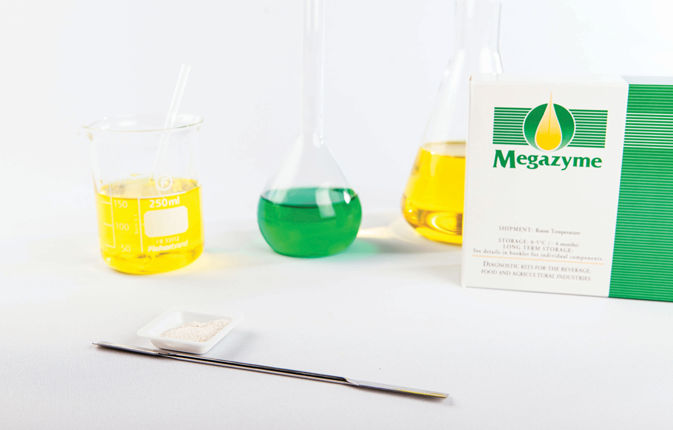Sugars that contain a free carbonyl group are known as reducing sugars. Sugars containing free aldehydes and ketone groups at their anomeric carbon atoms are known as reducing sugars. Reducing sugars include the monosaccharides like glucose, fructose and galactose, and the disaccharides maltose and lactose. Benedict’s test is the laboratory test for reducing sugars. Benedict’s test is performed under mildly basic conditions. The reagent reacts with all reducing sugars to produce the red precipitate copper (I) oxide.
Amino acids are organic molecules synthesized by all living organisms, animals and plants for their protein requirements. The Ninhydrin test is used to identify amino acids. The ninhydrin test is a quantitative method for measuring the concentration of free primary amino groups. The use of ninhydrin as a fingermark detection reagent was first proposed in 1954 by Oden and von Hofsten (1954)
Benedict’s test for Reducing Sugar
All monosaccharides and some disaccharides are reducing sugars. The test for reducing sugar is known as the Benedict’s test. When a reducing sugar is heated with an alkaline solution of copper II sulphate (Benedict’s reagent) it forms an insoluble precipitate of copper I oxide. The color of the precipitate changes from green through yellow, orange and brown to deep red, depending on the quantity of reducing sugar present.
In Benedict’s test, equal volume of Benedict’s solution should be added into the unknown solution. The mixture is then boiled. lf reducing sugars are present then there should be some brick red precipitates. D-Fructose is a reducing sugar. Although it does not contain an aldehyde group, D-fructose gives a positive Benedict’s test (is a reducing sugar). Under the basic conditions of the Benedict’s test, D-fructose rearranges to become D-glucose or D-mannose, each of which contains an aldehyde group.
Application of Ninhydrin Test
Primary amines can be detected by giving a violet-red colour with the ninhydrin reagent. Ninhydrin is a reagent which reacts with free amino groups and forms a purple chromophore which is then measured spectrophotometrically. Secondary amines respond only feebly with ninhydrin and are detected with nitroprusside. Ninhydrin reagent is routinely used to stain chromatograms as a general location reagent for amino acids.
Most of the reagents for qualitative tests are commercially available or may easily be prepared in the laboratory. Readymade kits and strips are also rapidly being developed for the same purpose. Some of these tests such as Benedict’s test for reducing sugars and the ninhydrin test for amino acids are also standardized to quantify the biomolecules.





